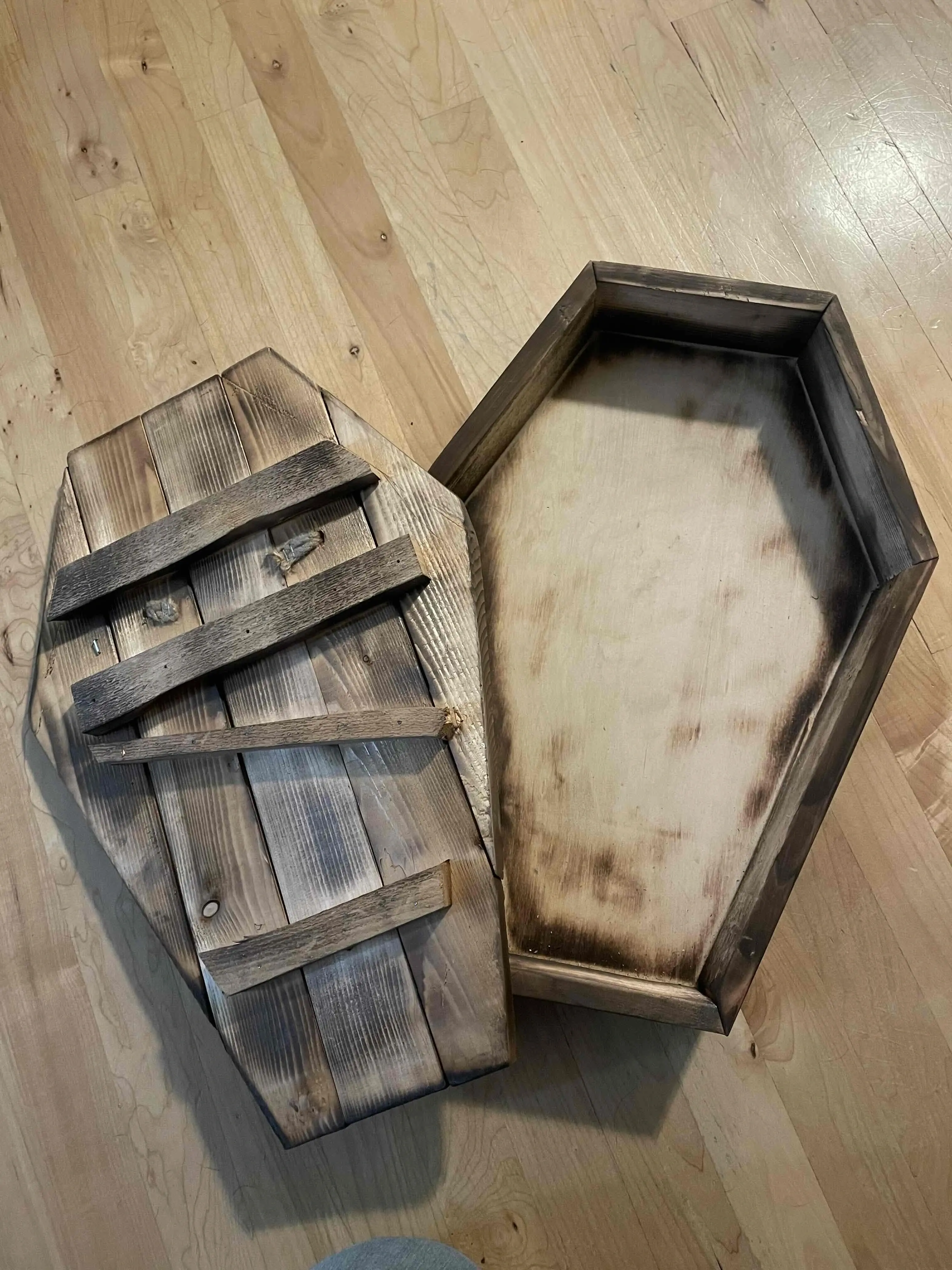I’ve found my finishing problem: I’m building things out of pine.
Traditional stain, gel stain, urethane, tung oil, danish oil…on oak, cherry or maple many of these look fine. No matter what I put on pine, it comes out looking like a septic prolapse.


Keep experimenting and refining.
Pine can be stained and finished. Oak, cherry, and maple can sometimes look like crap. It’s a matter of preparing the wood properly. Try making sample boards. Sand consistently, don’t skip grits, don’t apply much pressure to the sander (let it do the work,) experiment with a pre-stain conditioner. It can help minimize splotching and some tooling marks.
Traditional (penetrating) stain needs to be applied evenly and benefits greatly from pre-stain conditioner.
Gel stains (sometimes called wiping stains, but that term gets misused) are wipe on, wipe off excess about five minutes later if you weren’t already doing that. They are made to sink in a certain amount and stop.
Urethanes don’t typically do well with back brushing, especially fast dry varieties. Spread urethanes thick and consistently and try not to go back over it. Lightly sand at 220 or 320 between coats and remove swarf with tack cloth or lint free cloth lightly dampened with alcohol.
Tung oils are rubbed in. Danish oils are applied thinly. These are relatively similar. Lightly sand between coats like above.
The book “Understanding Wood Finishing” by Bob Flexner is an astoundingly comprehensive book on the subject.
Don’t give up on pine just yet. Hemlock, heart pine, many others can all be quite beautiful in the right setting and application. For rough stuff, try the pre-stain conditioner
Thanks for the book recommendation!
It’s fairly expensive, but it turns out that there are several copies of both first and second edition available through my local library.
I have used pre-stain conditioner as recommended by the manufacturer. The issue I’ve had with traditional stain is applying the topcoat lifted the stain back off.
The gel stain functioned reasonably well, but I didn’t really get a depth of color I like. It came away looking kinda rustic. So I have my process if I ever get a contract with Cracker Barrel.
I’ve had such good results out of the few wiping oils/drying varnishes over hardwoods that I just can’t bring myself to face the fuss and muss that comes in every can of urethane. I might experiment with wipe-on poly at some point. And that Minwax Polyshades product is just straight-up liquid project ruiner.
To be clear, I haven’t worked with actual tung oil to date. I’ve used Minwax Tung Oil Finish on several products, which is a Danish oil-like product. As far as I can tell it’s a blend of drying oil and urethane that may or may not have some tung oil in it IDK. I like this product for projects I don’t intend to stain.
I think I have a process for surviving my current project with the Watco danish oil I’ve used on the tops: Where the manufacturer says to lightly wipe the surface with a rag dampened in natural (no added stain/dye) Danish oil, then immediately wipe dry on more porous woods, I’m going to go a full coat of natural before the dyed coat.
Coating chemistry aside, the faster I can get pitch pockets out of my life the better off the world will be.